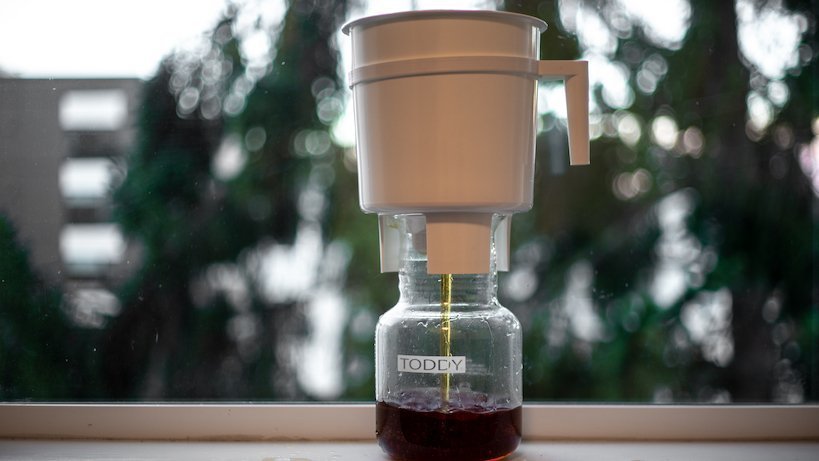Cold brew coffee, known for its smoothness and refreshing qualities, has become a widely favored method of preparing coffee, particularly during the hot summer months. This method was innovated in 1964 by Todd Simpson, a chemical engineer. His invention, largely unaltered since its creation, emphasizes a gentle extraction process that brings out unique flavors and characteristics of the coffee.
The Unique Characteristics and Benefits of Cold Brew
One of the most significant advantages of cold brew coffee is its compatibility with the preferences of cold drink enthusiasts. This brewing method is known for producing a beverage that is both invigorating and refreshing. Notably, cold brew coffee contains fewer fatty acids and oils compared to its hot-brewed counterparts. This results in a cleaner and smoother cup of coffee. Moreover, cold brew tends to have higher caffeine content, along with a higher concentration of sugars. The reduced presence of minerals and salts contributes to its light and somewhat sweet profile, making it a delightful choice for many.
Preparing Cold Brew
Required Equipment and Ingredients
To embark on the cold brew journey using the Toddy method, you’ll need a few simple tools: a large bowl, a paper filter, and your choice of coffee beans. The coffee-to-water ratio is crucial; generally, 70 grams of coffee is recommended for every liter of water. The grind size should be coarser than what you would use for a regular filter coffee, resembling coarse sea salt.
Steps for Brewing
- Begin by placing the paper filter in the bowl, ensuring it is evenly spread across the bottom.
- Add the measured coffee to the bowl.
- Slowly pour water over the coffee grounds, aiming for even distribution to avoid clumping.
- Once combined, cover the mixture and place it in the refrigerator. The brewing process takes about 24 hours.
Tips for Optimal Brewing
To enhance the brewing process, consider these tips:
- To prevent external odors or dust from contaminating the coffee, cover the bowl with a secondary filter and secure it with an elastic band.
- If the ambient temperature is higher, you may need to shorten the brewing time to prevent over-extraction.
Filtering and Storage Techniques for Cold Brew
After the brewing period, the next step is filtration. This can be effectively done using a membrane filter, relying on the weight of the coffee to aid the process. Once filtered, the cold brew can be stored in a closed container in the refrigerator. Under ideal conditions, such as a stable temperature around 24 degrees Celsius, the brew can remain fresh for up to two weeks. However, factors like the purity of water and ambient temperature can affect the shelf life. For instance, brewing at a room temperature of about 12 degrees Celsius may lead to the coffee souring in just three to four days.
Final Thoughts
Once filtered, the cold brew is ready to be enjoyed. Its unique brewing method makes it a versatile drink, suitable for various palates and occasions. Whether as a morning pick-me-up or a refreshing afternoon treat, cold brew coffee offers a distinct and enjoyable experience for coffee enthusiasts.



Leave a Reply